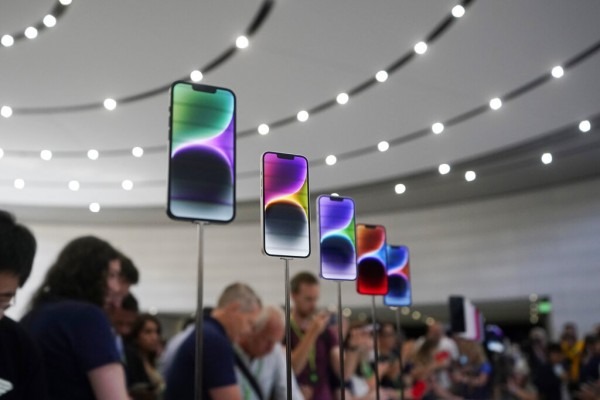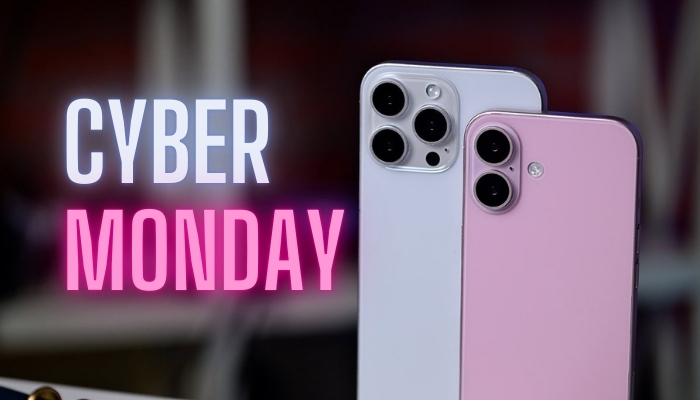
Global politics might impact sales in a significant market, and customers may also find the new charging port inconvenient
Apple’s CEO, Tim Cook, is looking to the upcoming iPhone launch on Tuesday as a potential boost for both consumers and investors. The company’s stock recently faced a decline, shedding nearly $200 million in value, primarily due to worsening international relations.
The growing tensions between Beijing and Washington pose a threat to Apple’s sales, especially in China, a vital market that contributes roughly a fifth of the company’s revenue. Reports of the Chinese government restricting the use of American devices by state employees are causing ripple effects as consumers in the country are being encouraged to support domestic brands like Huawei.
Considering that the global smartphone market has experienced a decline over the past eight quarters due to factors such as rising living costs, a tendency to retain phones for longer periods, and consumer indifference towards technological advancements, the iPhone faces a challenging environment.
In a rare departure for Apple, the primary feature of its latest smartphone is likely one it didn’t intend: the transition from its well-established Lightning connector to the universal USB-C port.
Apple’s decision to shift to the universal USB-C connector for its iPhone comes as a result of the EU’s common charger regulations, which mandate the use of USB-C as the standardized connector for all consumer electronics. This transition makes the iPhone one of the last remaining devices to adapt to this common standard. Although it may seem like a minor change, it carries significant implications, including rendering a multitude of accessories designed for the old Lightning port obsolete, while also opening up Apple’s traditionally closed smartphone ecosystem.
Apple is likely to downplay any reluctance and market this change as an enhancement, alongside the customary improvements such as faster processors and enhanced camera capabilities. This strategy aims to prevent a repeat of the backlash that followed its transition from the 30-pin dock connector to Lightning for iPods and iPhones in 2014, which rendered numerous speaker docks and accessories incompatible. Providing a cable in the box with the new model may help ease the transition for users.
The transition will bring advantages. Even within Apple’s ecosystem, iPads and MacBooks have featured a USB-C port for charging and accessories for a while. As a result, new iPhone users will no longer need to search for a specific Apple cable when their battery is low – virtually any cable designed for modern tablets, computers, or Android phones manufactured since 2016 will suffice.
Apple has various projects in development, including a $3,499 augmented reality headset unveiled in June as a testament to its forward-looking vision. Nevertheless, the iPhone remains its primary revenue generator, contributing to more than 50% of its earnings. It serves as the cornerstone for many of Apple’s other product categories, including the highly successful Apple Watch.
In the previous quarter, sales slightly fell short of expectations, underscoring the importance of the iPhone 15 performing well. Its success is crucial, not only for direct revenue but also as a catalyst for the increasingly significant and profitable services division. This division encompasses the App Store, Apple TV+, and Apple Pay, and it constituted a quarter of the company’s revenue in the last quarter.
This could elevate the significance of Apple’s wearables segment, which encompasses smartwatches, to a level on par with the iPhone. The Apple Watch is already the best-selling watch, surpassing all other watches, including competing smartwatches. Additionally, it fosters user loyalty within the iPhone ecosystem, as it is not compatible with alternative platforms.
Tuesday’s announcements are widely anticipated to introduce the most substantial performance enhancement in years for the Apple Watch. While external changes might be minor, the watchOS 10 software, which was previewed in June, has undergone a significant overhaul, marking the most substantial update since its inception in 2015.



